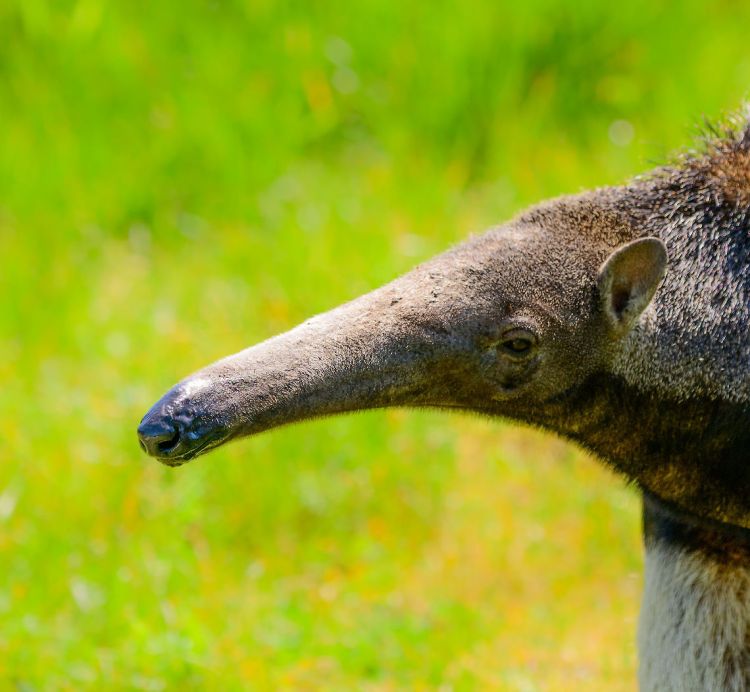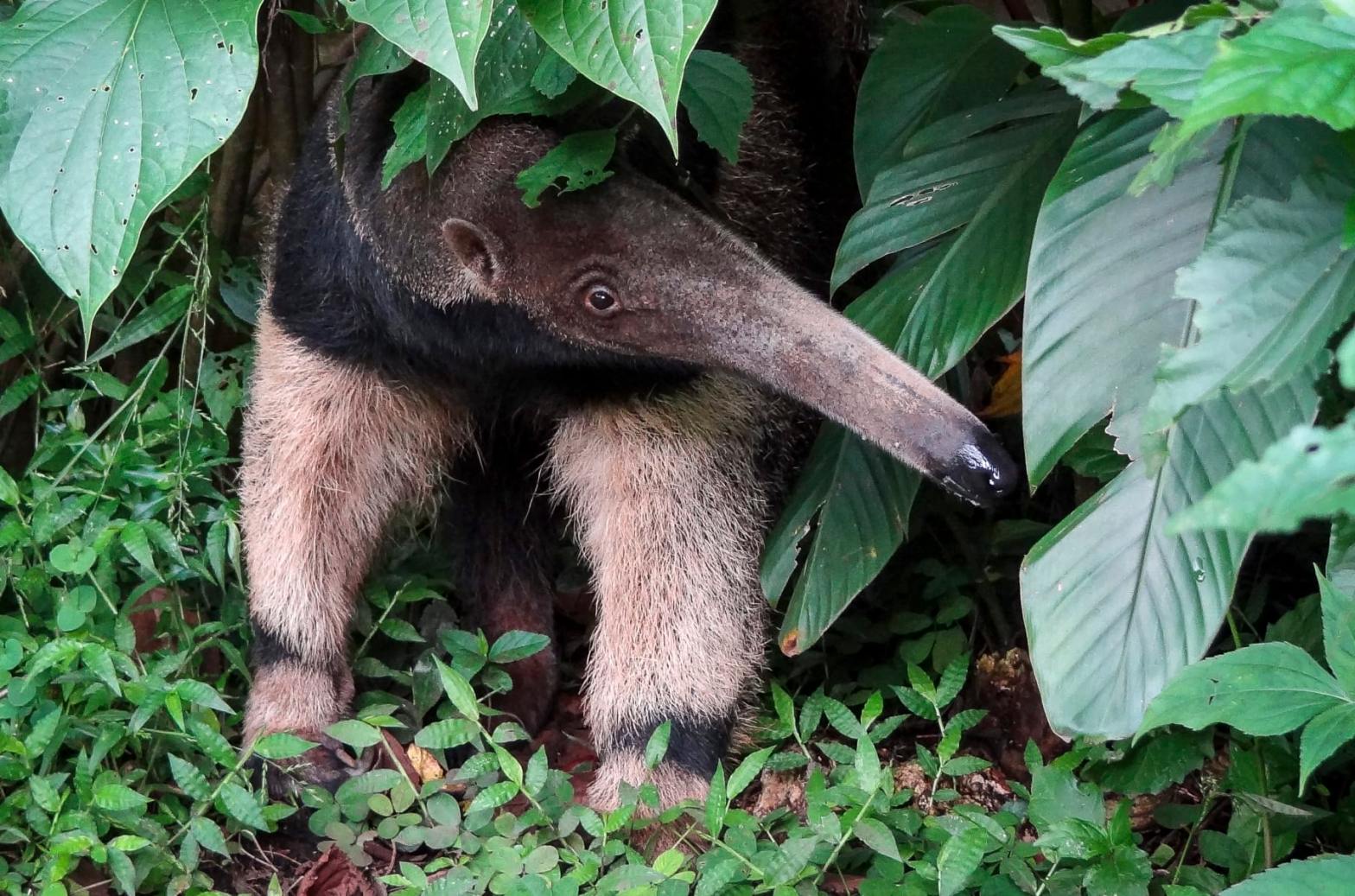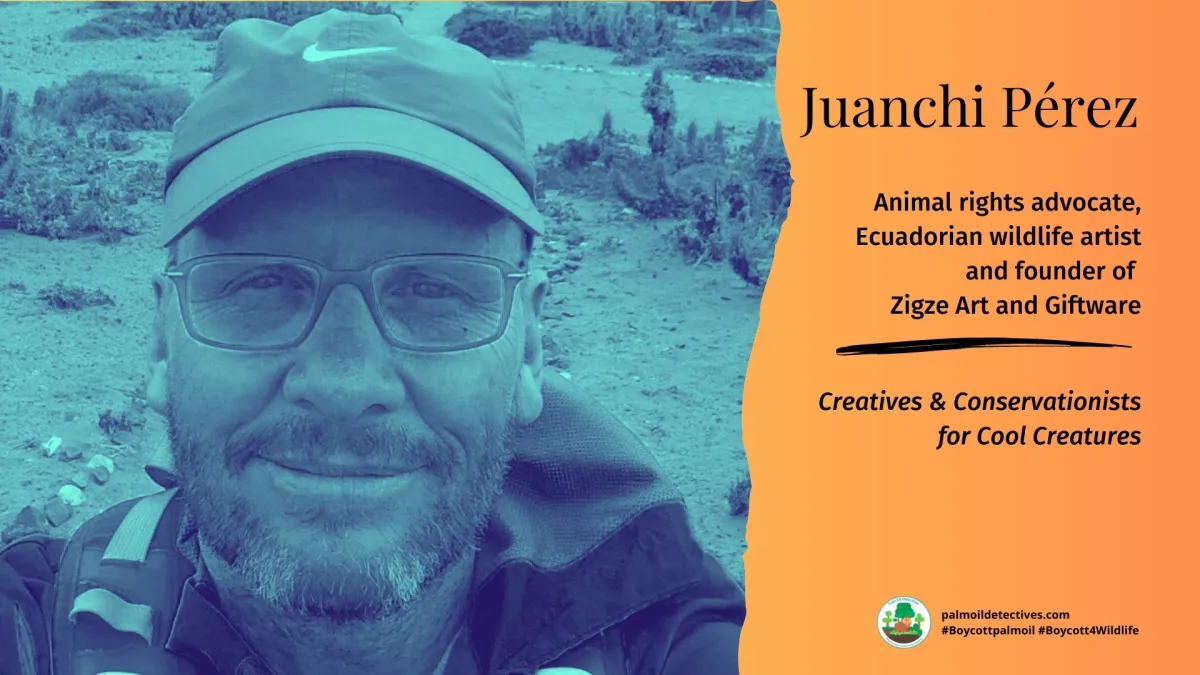Giant Anteater Myrmecophaga tridactyla
Extant (resident): Argentina; Bolivia; Brazil; Colombia; Costa Rica; Ecuador; French Guiana; Guyana; Honduras; Nicaragua; Panama; Paraguay; Peru; Suriname; Venezuela
Possibly Extinct: Argentina; Belize; El Salvador; Guatemala; Uruguay
Vulnerable
The Giant Anteater is at risk from habitat loss in parts of their range, and this is a significant threat to Central American populations in particular. Where this species inhabits grassland habitats, they are particularly susceptible to fires.
IUCN red list
Giant Anteaters live throughout grasslands and forests of #SouthAmerica, #endangered by severe #deforestation and fires in the #Amazon. Help save them and join the #Boycott4Wildlife on global brands destroying forests!
Tweet


Giant Anteater Myrmecophaga tridactyla 
Giant Anteater Myrmecophaga tridactyla 

Giant Anteater Myrmecophaga tridactyla
The Giant Anteater is found in tropical moist forest, dry forest, savanna habitats and open grasslands; they have also been seen in the Gran Chaco (Meritt 2008, Noss et al. 2008) and timber plantations (Kreutz et al. 2013). Recent camera trap data suggest that the species may be more abundant in areas of upland forest in the Brazilian Amazon than previously thought (F. Miranda pers. comm. 2013). Giant anteaters require large areas for their survival, which should contain forested patches.
Animals are generally solitary. Once per year, females give birth to a single young. Gestation length is 171 to 184 days (Bartmann 1983, Patzl et al. 1998, Knott et al. 2013). Mothers carry their babies on their backs for around six months. Data from captive animals in European zoos show several females reproducing for the first time at 18-22 months, and the oldest known reproductive captive dams were 20-24 years old (unpublished report provided by I. Schappert). For wild females, sexual maturity is usually indicated as being around 2 years however, as it is not possible to determine their age once they reach adult size and long-term population studies on giant anteaters are lacking, there are no data on the longevity, survival rates, or reproductive rates of wild giant anteaters.
The generation length of the Giant Anteater in the wild is therefore unknown, but it is suspected to be around 7 years
Threats Information
The Giant Anteater is at risk from habitat loss in parts of their range, and this is a significant threat to Central American populations in particular. Where this species inhabits grassland habitats, they are particularly susceptible to fires. In Brazil, burning of sugar cane plantations prior to their harvest leads to the death of significant numbers of giant anteaters due to severe burn injuries (F. Miranda pers. comm. 2013). Animals are sometimes killed on roads or by dogs. Giant anteaters are hunted for food throughout their distribution, and are additionally hunted as a pest, for pets or for illegal trade in some parts of their range.
You can support this beautiful animal
There are no known conservation activities for this animal. Make art to raise awareness and join the #Boycott4Wildlife.
Further Information

Miranda, F., Bertassoni, A. & Abba, A.M. 2014. Myrmecophaga tridactyla. The IUCN Red List of Threatened Species 2014: e.T14224A47441961. https://dx.doi.org/10.2305/IUCN.UK.2014-1.RLTS.T14224A47441961.en. Downloaded on 08 June 2021.

How can I help the #Boycott4Wildlife?
Contribute in five ways
1. Join the #Boycott4Wildlife on social media and subscribe to stay in the loop: Share posts from this website to your own network on Twitter, Mastadon, Instagram, Facebook and Youtube using the hashtags #Boycottpalmoil #Boycott4Wildlife.
2. Contribute stories: Academics, conservationists, scientists, indigenous rights advocates and animal rights advocates working to expose the corruption of the palm oil industry or to save animals can contribute stories to the website.
3. Supermarket sleuthing: Next time you’re in the supermarket, take photos of products containing palm oil. Share these to social media along with the hashtags to call out the greenwashing and ecocide of the brands who use palm oil. You can also take photos of palm oil free products and congratulate brands when they go palm oil free.
4. Take to the streets: Get in touch with Palm Oil Detectives to find out more.
5. Donate: Make a one-off or monthly donation to Palm Oil Detectives as a way of saying thank you and to help pay for ongoing running costs of the website and social media campaigns. Donate here








One thought on “Giant Anteater Myrmecophaga tridactyla”